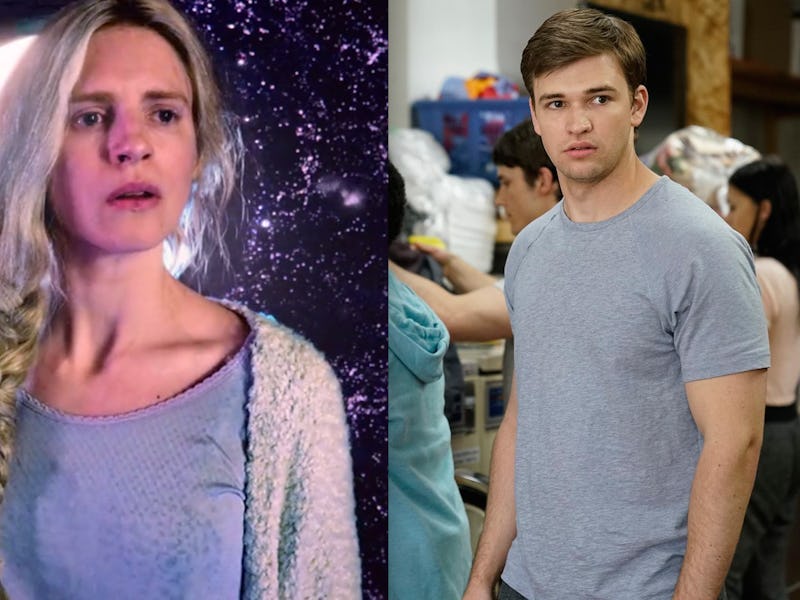'Beyond' Is the Version of 'The OA' That Makes Sense
Freeform's 'Beyond' and Netflix's 'The OA' are very similar stories with one important difference.

Netflix’s The OA and Freeform’s Beyond don’t have too many obvious things in common. The OA is a mind-bending fairy tale focused on a Bohemian-looking girl, and Beyond is a straightforward, conventional superhero show. Ultimately, though, they tell the same story in similar ways, but Beyond’s logic is far superior.
Now, Beyond isn’t necessarily a better show — it’s more plot-driven and less interested in its characters than The OA. But their concepts are remarkably similar: A young person returns to his or her family and community after mysteriously vanishing. In The OA, Brit Marling’s Prairie runs away from home. In Beyond, Burkely Duffield’s Holden spends the years before the show opens in a coma. Prairie and Holden both struggle to integrate themselves back into their former lives, and the viewer slowly learns both characters might have been in an alternate dimension. All the while, they realize new, supernatural powers.
Holden in 'Beyond.'
Where Prairie is the master of her own story, spooling it out in increments to the audience and fellow characters like a new-age Sherazade, Holden is constantly in the dark. He has no idea where he’s been, why he’s returned with powers, and why shadowy figures are pursuing him. Unlike Prairie, Holden is on even footing with the audience, and that makes all the difference.
Prairie’s unreliability is baked into the premise of The OA. Her fantastical tale of traveling to alternate dimensions via a series of interpretive dance moves comes riddled with several plotholes — like the question of just how the viewer is seeing what Jason Isaac’s Hap was doing alone if the story is being told from Prairie’s point of view, or what the hell Riz Ahmed’s FBI agent was doing skulking around Prairie’s house at night.
Brit Marling in 'The OA.'
But because the ending is so murky, leaving the reality of her experience [up in the air]((https://www.inverse.com/article/25410-fan-theories-ending-oa), it’s impossible to tell if these plotholes are the result of sloppy writing. While some viewers appreciated the ambiguity that accompanied an unreliable narrator, just as many found it frustrating.
Beyond presents the clean-cut version of that story. Holden and the audience both stumble upon answers in an orderly fashion, and the show doesn’t take itself too seriously. For example, Holden, whose time in a coma has ensured that he doesn’t understand modern references like the Apple store, asks “There’s an entire store that sells apples?” He’s a blank slate, which makes him a protagonist who isn’t terribly dynamic, but it also allows each element of the story to cohere in a way that The OA never achieves.
Beyond is a safer and more conventional show, taking fewer risks than The OA, but in doing so, it also ensures a more rewarding viewing experience.